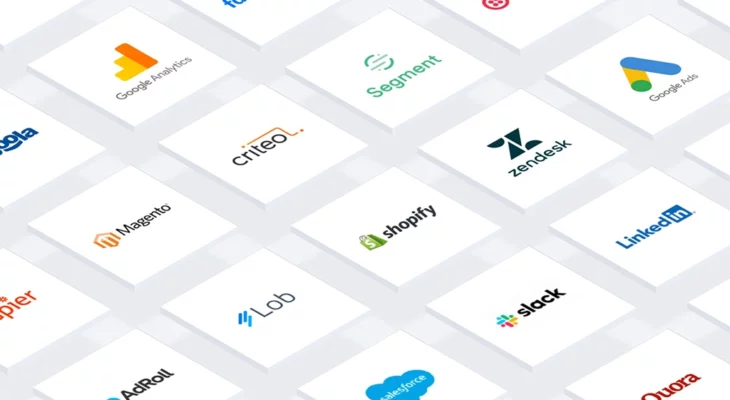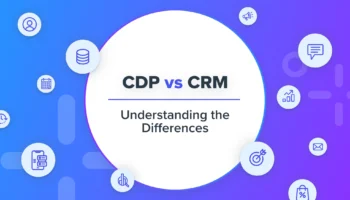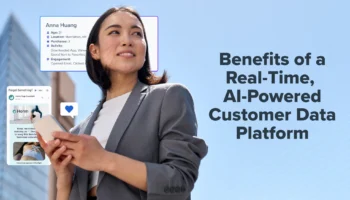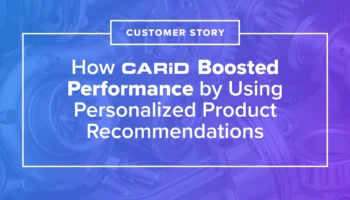Configuring, or even understanding your customer data as a whole can feel a bit like building Ikea furniture. Nothing seems to fit together, captions are in a language you don’t speak, and somehow you ended up with extra pieces (which both terrifies and confuses you). Marketers who started their careers in a time where writing ability and creativity were the most important skills they could have are now being asked to become pseudo data-scientists.
Customer data is king, and it’s become paramount for business leaders to have it collected, understood, and acted upon for better customer experiences. But, how are non-technical marketers supposed to approach a challenge so heavily rooted in technology? They could involve their data science team (if they have one), but that comes with the typical pitfalls of getting two entities to work as one and maybe build an in-house solution. More often than not, it drains engineers and doesn’t function exactly as needed. They could also buy a whole alphabet of martech tools (CDPs, ESPs, DMPs, etc.), at the risk of creating a fragmented tech stack. So, what’s the solution that allows marketers to dismantle data silos and act upon valuable customer data? Let’s examine the possibilities offered by the Customer Data Activation Platform.



